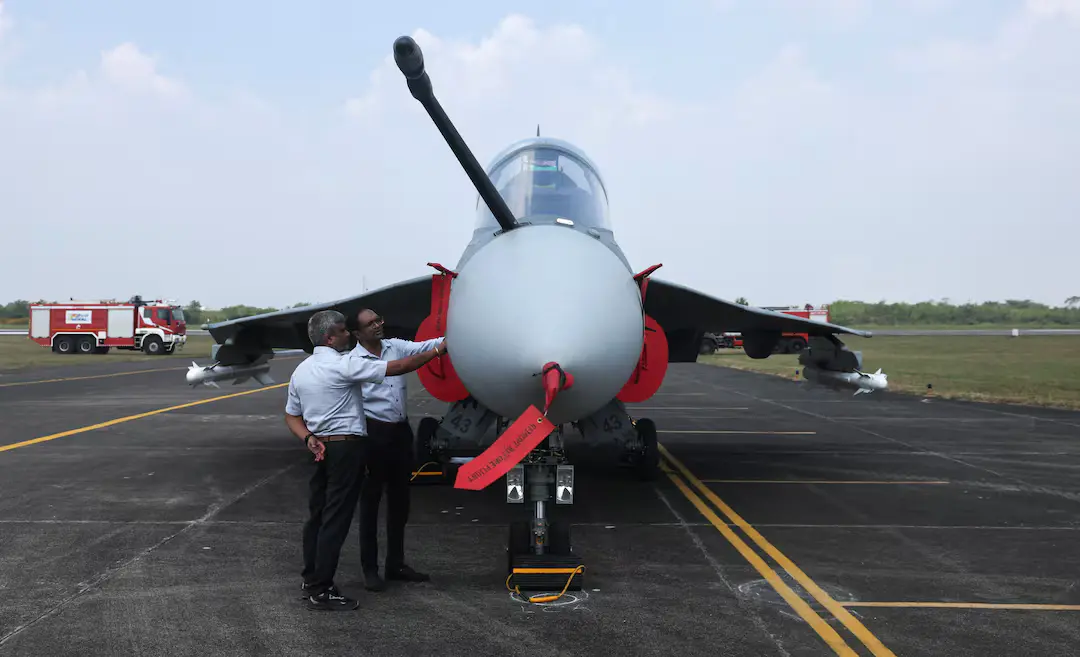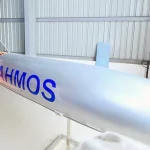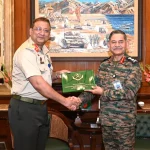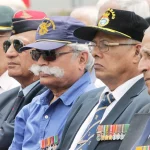India is set to invest approximately ₹654 billion (around $7.44 billion) over the next decade to manufacture and procure fighter jet engines for ongoing and future military aviation programs through 2035. The move is part of India’s long-term strategy to achieve self-reliance in critical aerospace technologies and reduce dependence on imported propulsion systems.
According to SV Ramana Murthy, Director of the Gas Turbine Research Establishment (GTRE), India will require around 1,100 aircraft engines for several fighter platforms currently under development. These include the TEJAS MK-1A, TEJAS MK-2, and the next-generation Advanced Medium Combat Aircraft (AMCA).
India’s indigenous Kaveri turbofan engine development has historically faced technical challenges, including thrust-to-weight limitations and high-altitude reliability issues. Researchers are now focusing on derivative versions of the Kaveri engine suitable for unmanned combat aerial vehicles (UCAVs) and future light aircraft, allowing phased technology integration and gradual enhancement of domestic capabilities.
Murthy highlighted the urgent need for a robust domestic ecosystem for engine manufacturing, including high-altitude test facilities, advanced material research labs, and precision turbine blade manufacturing centers. He emphasised the importance of building a skilled supply chain and strong industrial base to support high-performance aerospace propulsion needs.
In parallel, India is negotiating co-development of engines with international partners for the AMCA program. Global aerospace leaders such as Safran (France), Rolls-Royce (UK), and General Electric (US) have shown interest in contributing to this strategic collaboration. The initiative is expected to combine foreign technology expertise with Indian engineering, increasing indigenous content in future engine variants.
The first AMCA prototype is expected to roll out by 2028, featuring stealth capabilities, advanced avionics, sensor fusion, and supercruise-capable engines, placing India among a select group of nations developing fifth-generation fighter technology.
In a policy shift, the government has opened engine and aircraft production contracts to private industry, reducing dependence on Hindustan Aeronautics Limited (HAL). This approach aims to accelerate production timelines, enhance competition, and broaden India’s defence manufacturing base.
Prime Minister Narendra Modi’s administration continues to champion Atmanirbhar Bharat in defence manufacturing, encouraging global OEMs to establish joint ventures with Indian partners. By investing in indigenous and collaborative propulsion programs, India aims not only to equip its future air fleet but also to emerge as a leading aerospace hub capable of exporting advanced engine technologies in the long term.













